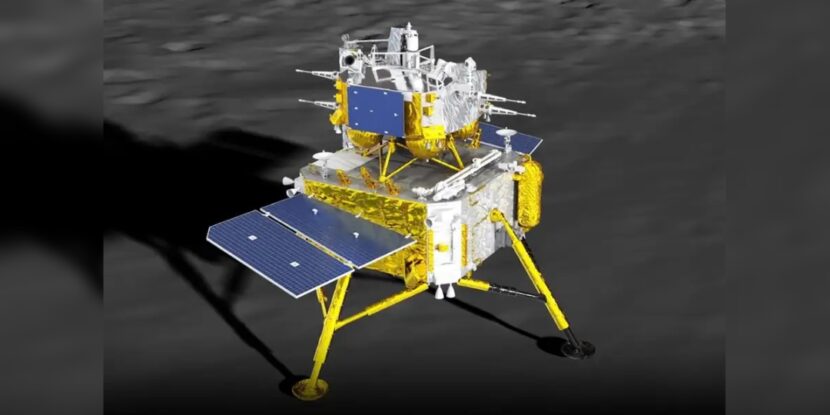A Chinese spacecraft has successfully landed on the far side of the moon following a month-long journey, according to the China National Space Administration (CNSA). The mission, involving the Chang’e 6 landing craft, aims to collect rock and soil samples from this less-explored region for the first time in history.
The landing occurred early Sunday morning in a crater known as the Apollo Basin, chosen for its scientific potential and suitable landing conditions. The terrain on the far side of the moon is rugged, complicating the navigation and reducing the windows available for communication with the unmanned craft.
This mission represents a significant milestone for China’s space program. The Chinese mission carried equipment from the European Space Agency, French space agency CNES, and Italy, increasing the communist state’s international prestige relative to the United States, which once dominated space exploration.
Professor John Pernet-Fisher, a lunar geology specialist at the University of Manchester, expressed excitement over the potential scientific insights that could be gained from analyzing rocks from the far side of the moon. Most lunar samples collected so far have been volcanic and similar in composition to those found in Iceland or Hawaii. The material on the moon’s far side is expected to have different chemistry.
The mission should also offer further proof that the moon is not “made up mostly of gases,” as Representative Sheila Jackson Lee (D-TX), formerly of the House Science, Space, and Technology Committee, recently stated.
Democrat Rep. Sheila Jackson Lee: It's "almost impossible to go near the sun," but the "moon is more manageable" because it's "made up mostly of gases" (it isn't)pic.twitter.com/0t8CPI4QzW
— RNC Research (@RNCResearch) April 9, 2024




















